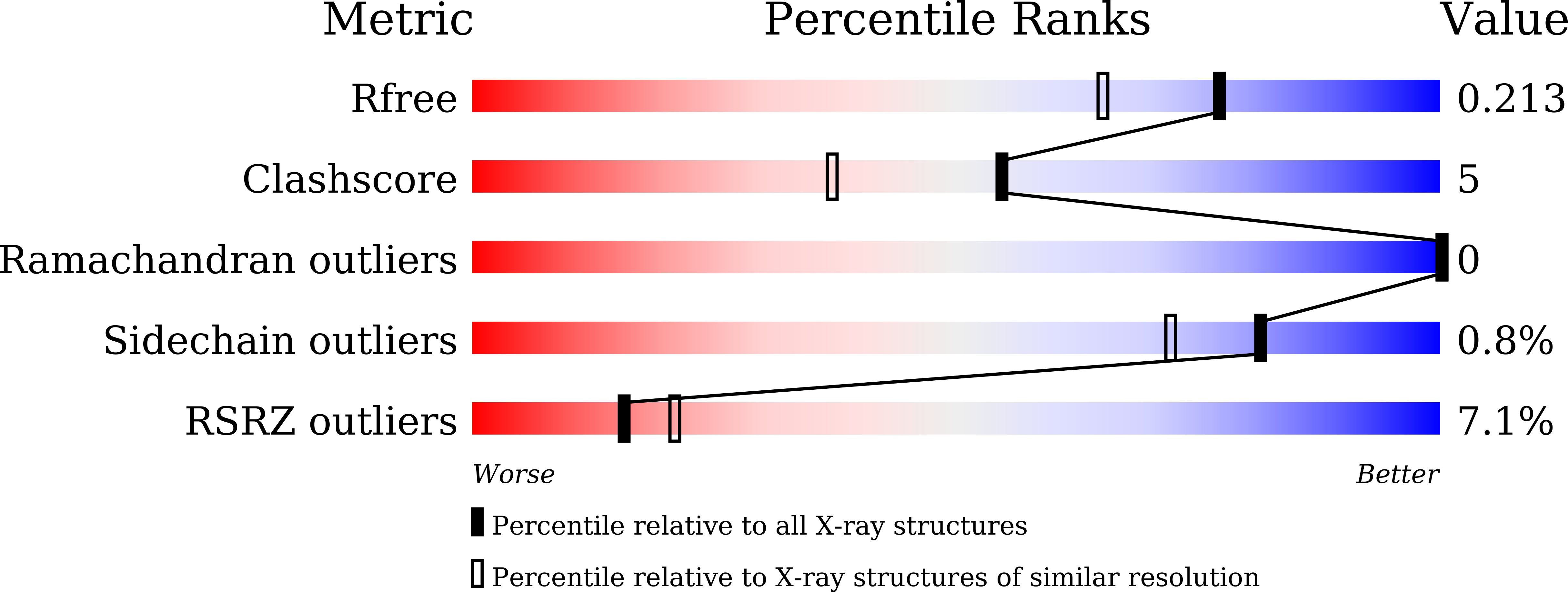
Deposition Date
2021-02-01
Release Date
2022-02-16
Last Version Date
2023-11-29
Entry Detail
Biological Source:
Source Organism:
Spiroplasma eriocheiris (Taxon ID: 315358)
Host Organism:
Method Details:
Experimental Method:
Resolution:
1.75 Å
R-Value Free:
0.21
R-Value Work:
0.17
R-Value Observed:
0.17
Space Group:
P 1 21 1


